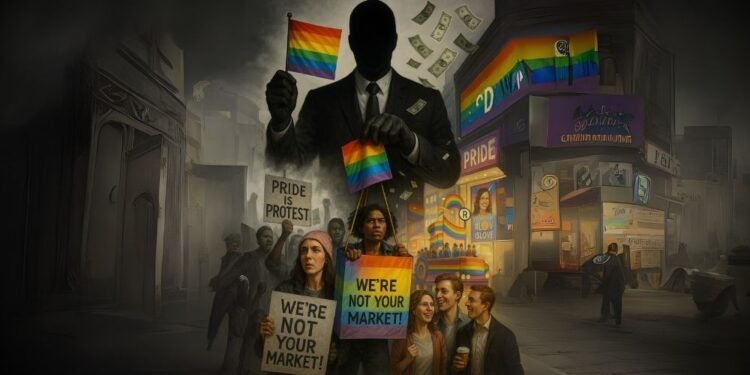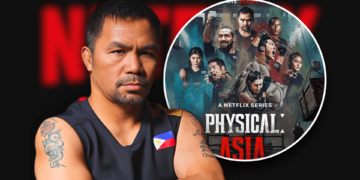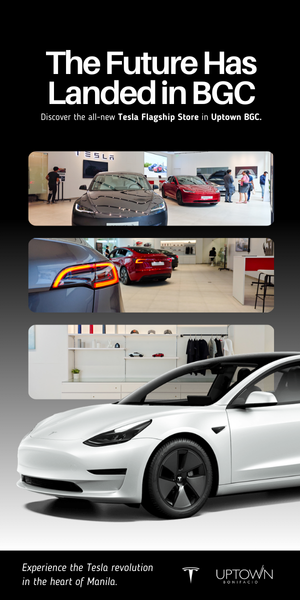What began as a radical act of resistance has become a seasonal branding strategy. Pride Month, once a powerful protest rooted in the fight for LGBTQ+ rights, is now awash with rainbow logos, flashy hashtags, and curated collections—most of them more about capitalism than community.
Behind the inclusive messaging lies a profit machine that too often exploits queer identity without backing real, year-round support.
Pride Month: Protest or Profit?
Every June, corporate brands race to outdo each other in showing support for the LGBTQ+ community. Logos turn rainbow-colored, stores roll out “ally” merchandise, and ad campaigns lean into love, diversity, and acceptance.
But behind the glittery displays lies a more cynical reality: companies are profiting off Pride more than they’re protecting queer lives.
According to the 2022 Edelman Trust Barometer, over 78% of Gen Z consumers expressed distrust toward brands that only show LGBTQ+ support during Pride. In other words, the public sees through the seasonal pandering.
Pride has become a quick marketing fix for brands looking to capitalize on cultural moments—without sticking around when it matters.
Rainbow Capitalism and the Corporate Double Standard
Many corporations loudly support LGBTQ+ rights in countries where it’s safe and profitable to do so, while remaining silent—or complicit—in regions where being gay can get you jailed or worse.
In 2023, Popular Information found that companies celebrating Pride in the West simultaneously donated to politicians with anti-LGBTQ+ records or did business in countries with repressive regimes.
This selective allyship reveals the hollow center of rainbow capitalism. “Love is love” slogans plastered on storefronts might make for good optics, but behind the scenes, it’s often just a cost-benefit analysis.
Where Does the Money Actually Go?
You’d think the flood of Pride-themed merch and events would at least funnel money back into the queer community. Think again. A 2022 Vox investigation found that only a handful of major Pride campaigns directly fund grassroots LGBTQ+ causes.
Many brands use vague promises like “a portion of proceeds will be donated,” but don’t disclose how much—or to whom.
Nonprofits have even reported being included in Pride promotions without consent, and some receive less than 5% of campaign profits. Visibility without material support is not solidarity—it’s exploitation.
Inclusion Without Equity
Despite the uptick in LGBTQ+ visibility, the lived reality for many queer individuals remains grim. Trans people in particular face higher rates of homelessness, poverty, and violence.
Reports from The Trevor Project, Amnesty International Philippines, and the ASEAN SOGIE Caucus highlight ongoing discrimination in healthcare, housing, and employment, alongside alarmingly high mental health risks, especially among queer youth.
Increased corporate recognition hasn’t translated into structural change. Visibility alone doesn’t put food on the table or keep queer youth safe.
The Philippine Context: Pride as a Market, Not a Movement
In the Philippines, Pride Month is increasingly co-opted by brands eager to ride the rainbow wave—but few are willing to stick their necks out for real change. Many avoid publicly supporting the SOGIE Equality Bill, which would provide basic anti-discrimination protections for LGBTQ+ Filipinos.
Influencers are often tokenized for campaigns without adequate pay or contract protections, while grassroots activists continue to do the heavy lifting with little institutional support. It’s easier for a brand to sponsor a drag brunch than to call for legal reform—and that tells you everything.
What Real Allyship Looks Like
True support goes beyond June. It means hiring LGBTQ+ staff, paying queer creators fairly, and funding community programs year-round—especially in housing, healthcare, and legal aid. It’s about speaking up for legislation and giving platforms to grassroots organizations, not just well-followed influencers.
As GLAAD, Stonewall UK, and OutRight Action International suggest, real allyship comes with risk, responsibility, and a willingness to act when the cameras are off.
The Bottom Line
If your Pride campaign disappears on July 1st, you were never an ally—you were just cashing in. The LGBTQ+ community deserves more than seasonal slogans and rainbow merch.
It deserves justice, equity, and year-round support from those who claim to stand with them. Pride was born from protest. Maybe it’s time we remember that.












